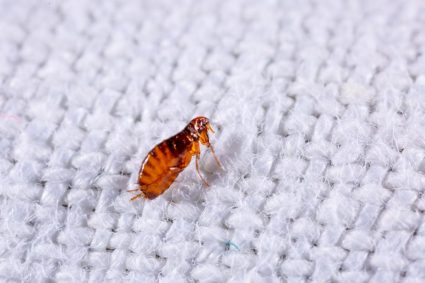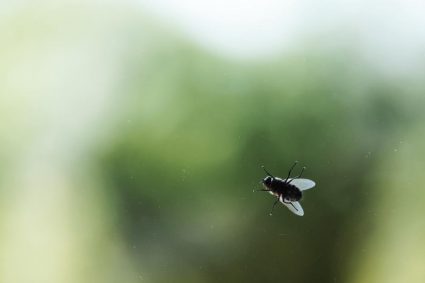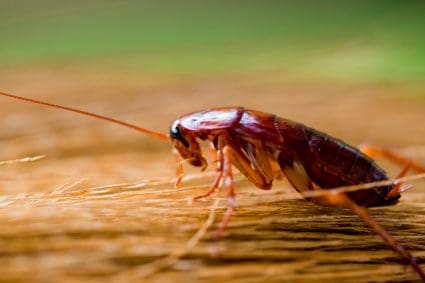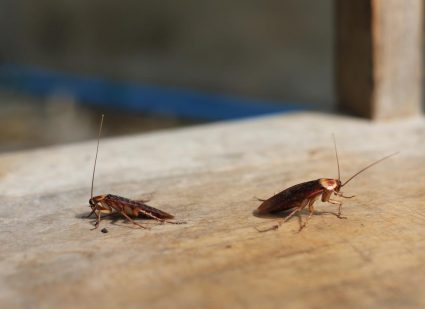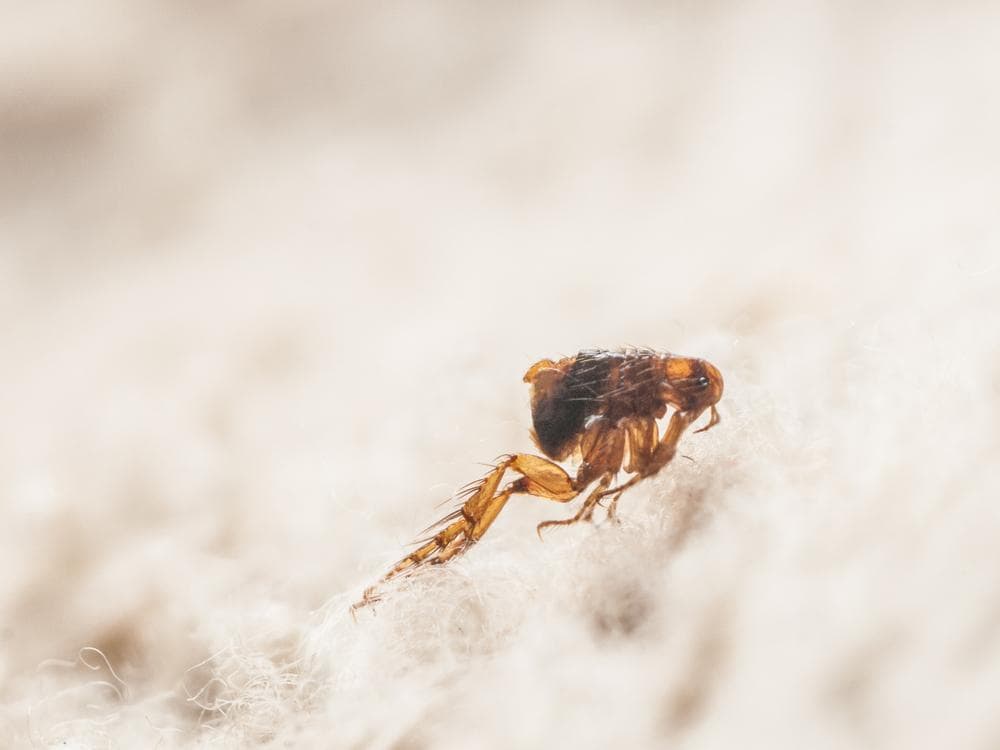
Imidacloprid is a popular substance used in many flea control products. It’s known for its effectiveness and speed of action, but many pet owners often wonder, “Does Imidacloprid kill fleas?” This article aims to provide an in-depth analysis of Imidacloprid’s effectiveness against fleas, its usage, potential side effects, and more.
Yes, Imidacloprid does kill fleas. It is a potent insecticide that is highly effective in controlling fleas on pets. Studies show that Imidacloprid can kill between 96.9% to 100% of fleas on animals within one day of treatment. However, it should be used correctly and under a vet’s recommendation to ensure your pet’s safety.
What is Imidacloprid?
Imidacloprid is a neonicotinoid insecticide developed to mimic nicotine, a toxic substance found in many plants, including tobacco. It’s used to control various pests, including sucking insects, termites, some soil insects, and notably, fleas on pets. Imidacloprid works as a systemic insecticide, meaning that plants absorb it from the soil or leaves, and it spreads throughout the plant’s stems, leaves, fruit, and flowers. It’s toxic to insects that chew or suck on the treated plants. It affects the nicotinic acetylcholine receptor (nAChR), causing an accumulation of acetylcholine in insects, leading to paralysis and death.
Imidacloprid’s Effectiveness Against Fleas
Imidacloprid is highly effective in controlling fleas on pets. Studies have shown that Imidacloprid kills 96.9% to 100% of fleas on animals within one day of treatment. Fleas exposed to Imidacloprid often die within 20 minutes, and 100% of fleas die after an hour of exposure. Its fast action prevents fleas from feeding and laying eggs, thereby reducing the risk of disease transmission. Therefore, Imidacloprid can effectively kill fleas when used appropriately.
How to Use Imidacloprid for Flea Control
To use Imidacloprid effectively against fleas, you need to follow these steps:
- Choose the appropriate product for your pet’s species, age, and weight.
- Apply the correct dosage as per the product’s instructions or a vet’s recommendation.
- Follow the application instructions carefully.
- Maintain a regular treatment schedule to prevent future infestations.
- Combine with other treatments for comprehensive flea control.
Potential Side Effects of Imidacloprid
Like any pesticide, Imidacloprid also has potential side effects. Some pets may experience skin irritation, vomiting, or drooling. In rare cases, ingestion of very high oral exposures may lead to lethargy, vomiting, diarrhea, salivation, muscle weakness, and ataxia. It’s crucial to follow the dosage instructions and monitor your pet for any signs of adverse reactions.
Resistance Issues and Environmentally Friendly Alternatives
While resistance to Imidacloprid among fleas hasn’t been significantly reported, it’s always good to consider eco-friendly alternatives. These include Diatomaceous Earth, nematodes, Insect Growth Regulators, regular grooming, oral flea-prevention treatments, and products with safer chemical ingredients.
In conclusion, Imidacloprid is a powerful insecticide that can effectively kill fleas when used correctly. However, it’s essential to consult with your veterinarian before starting any flea treatment and monitor your pet for any adverse reactions. Your pet’s health and safety should always be your priority.
Frequently Asked Questions
Can Imidacloprid be used on all types of pets?
Imidacloprid is primarily used on dogs and cats for flea control. However, it’s essential to consult with a veterinarian before using it on other types of pets.
Is Imidacloprid safe for use around children?
Although Imidacloprid is generally safe when used properly, it’s best to keep treated pets away from children until the product has dried completely. This prevents children from coming into contact with the substance.
Can Imidacloprid be used to treat flea infestations in the home?
Imidacloprid is primarily used for treating fleas on pets. For home infestations, it’s recommended to use other types of flea control methods, such as foggers or sprays specifically designed for home use.
How often should I apply Imidacloprid?
The frequency of application can vary depending on the product and the severity of the flea infestation. Typically, it’s applied once a month. Always follow the manufacturer’s instructions or your vet’s advice.
Will Imidacloprid kill ticks as well?
Imidacloprid is primarily effective against fleas. For control of ticks, it’s often combined with other substances like permethrin. Always check the product label to see what pests it’s designed to control.

